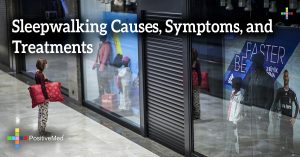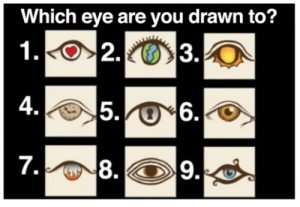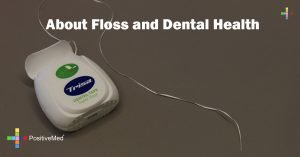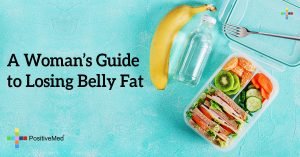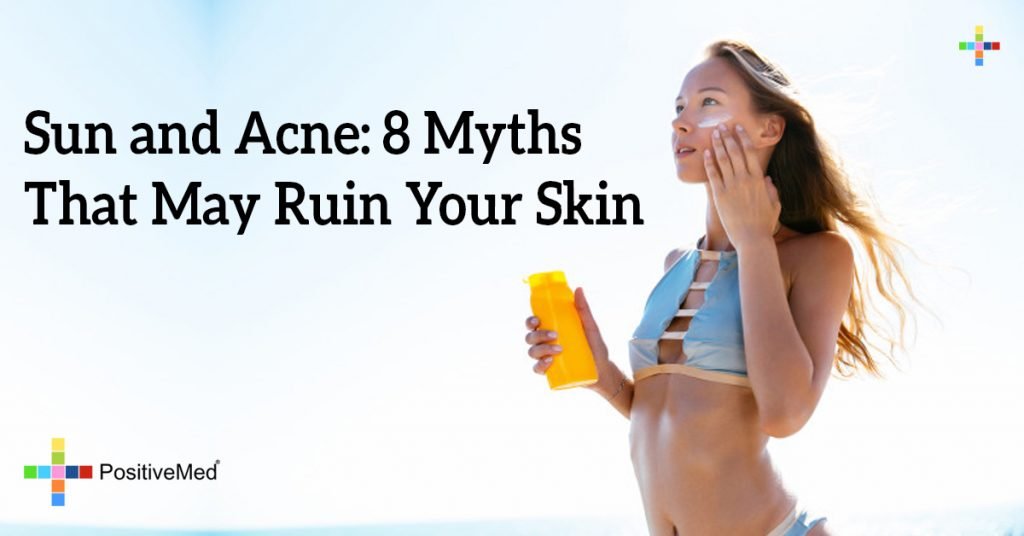
Are you one of those people that believe if you lay out on the beach all day long, your acne will dry out? Or that if you lather on any type of sunscreen in the morning, it will last all day? These thoughts seem logical, but unfortunately, they’re incorrect. Learning about proper sun protection and sunscreens in relation to acne will help keep you safe and your skin clear!
Myth 1: The sun is bad for me
FACT: No, the sun is NOT BAD for you.
The sun is healthy if you take the proper precautions. Ultraviolet light from the sun comes in two main wavelengths: UVA and UVB. They are quite different in respect of the risk they create for your health. UVA rays are those that are considered “bad”, which can cause you to burn and eventually, excess exposure may lead to skin cancer. UVB helps you produce vitamin D, which is very important for your overall wellbeing, supports your bones, skin, muscles, heart, eyesight and immune system- but don’t be fooled, excess exposure can be harmful to your skin cells.
Moderation in sun exposure and using proper sun protection are keys to your skin and body health since long-term, excessive exposure to sunlight can increase the risk of certain types of skin cancer. Appropriate use of sun protection also plays a major role in helping to combat acne breakouts and heal acne scars and marks.
Myth 2: Sunscreens provide ample sun protection
FACT: According to the Environmental Working Group (EWG), 75% of sunscreens in stores don’t actually protect you enough.
As sun protection against UVA rays is necessary, you need to educate yourself as for what ingredients in sunscreen are good and which you should avoid, especially when you have acne prone skin or active acne. The main chemical used in sunscreens is octyl methoxycinnamate (OMC), which was found to kill mouse cells, even at low doses. OMC is present in 90% of sunscreen products. Another common ultraviolet filter, butyl methoxydibenzoylmethane, has also demonstrated toxic properties.
Other sunscreen ingredients to watch out for include Para amino benzoic acid, Octyl salicyclat, Avobenzone, Oxybenzone,, Cinoxate, Padimate, Dioxybenzone,, Homosalate, Phenylbenzimidazole, Sulisobenzone,, Menthyl anthranilate, Trolamine salicyclate and Octocrylene.
So take a good look at your sunscreen label, and even consult with EWG’s Skin Deep website to check all the ingredients – a savvy consumer is a healthy consumer!
While shopping for sunscreens, look for products that base their protective properties on these two major ingredients: Titanium Dioxide and Zinc Oxide. In addition to being safe, both of those ingredients are actually good for acne prone skin with zinc oxide helping to dry the active pimples.
Titanium Dioxide and Zinc Oxide need to be at a level of 6% or higher for you to be covered well. Additionally, a broad-spectrum sunscreen is good for coverage against both UVA & UVB rays.
Finally, if green tea extract, aloe extra, shea butter as well as some other botanical humectants (moisturizers) are in your sunscreen, this is good – they will keep your skin from drying while protected and will not clog the pores unlike heavy oils.
Myth 3: The higher SPF, the higher the protection level
FACT: The level of protection is NOT growing proportionally to the SPF level
SPF — or sun protection factor — is a measure of a sunscreen’s ability to prevent ultra violet (UV) rays from damaging the skin. You can look at it in terms of percentages: SPF 15 filters out approximately 93 percent of all incoming UVB rays. SPF 30 keeps out 97 percent and SPF 50 keeps out 98 percent. They may seem like small differences, but if you are light sensitive, or have a history of skin cancer, or you are a child, or are 60+, those extra percentages will make a big difference. And as you can see, no sunscreen can block all UV rays.
In general – an effective recommended sun protection factor is 30, and for those with more “burning” factors like light and dry complexion- sun protection factor of 50 on the face and upper body may be recommended. Don’t buy in to the marketing gimmicks of a 60+ SPF sunscreen or think that a more expensive product is better.
In addition, it is very important that you opt for the sunscreen that actually blocks both UVA and UVB rays. Those types of sunscreens are called broad-spectrum. Only sunscreens that pass the FDA’s broad ppectrum test (providing proportional protection against UVA and UVB rays) may be labeled as broad-spectrum.
Myth 4: I put sunscreen on in the morning; I’m good to go the rest of the day.
FACT: No sunscreen, regardless of strength, stays effective longer than two hours without re-application.
If you see even the slightest tinge of red, your sunscreen needs to be re-applied. Even if you don’t see redness, and end up staying out in the sun all day long, plenty of damage can be done without seeing red.
A tip prior to use – if you buff, exfoliate or scrub your skin (which you shouldn’t if you have acne – it can make your issue worse) be especially diligent about applying sunscreen as the fresh and often irritated skin underneath will be more susceptible to the sun damage.
Myth 5: A little goes a long way
FACT: It matters a great deal how much sunscreen you put on. And in this situation – MORE IS BETTER.
To ensure that you get the full SPF of a sunscreen, you need to apply 1 oz – about a shot glass full – at once and EVERY time you reapply the sunscreen. Studies show that most people apply only half to a quarter of that amount, which means the actual SPF they have on their body is lower than advertised. During a long day at the beach, one person should use around one half to one quarter of an 8 oz. bottle. Sunscreens should be applied 30 minutes before sun exposure to allow the ingredients to fully bind to the skin. Reapplication of sunscreen is just as important as putting it on in the first place, so reapply the same amount every two hours. Sunscreens should also be reapplied immediately after swimming, toweling off, or sweating a great deal.
You may need to buy a lot of tubes of sunscreen, but using a sufficient amount of sunscreen is essential.
And YES – if you have acne, you must wash your face and body after coming in from the sun to remove all the sunscreen so it does not further clog your pores. Do not forget to put a non-comedogenic moisturizer on your face and body too; over-dry skin not only ages faster but also flakes and those skin particles may get stuck in your pores as well.

Myth 6: My topical acne medication was recommended, so I don’t need to do any further research
FACT: Most topical acne products, both over the counter (OTC) and prescriptions have side effects and carry sun restrictions, warning that they amplify skin sensitivity to UVA rays.
Avoiding the sun in the summer is very difficult since even on those cloudy days UVA and UVB rays are still there; so being on an acne medication during the summer with this type of reaction can cause sunburn/sun damage (sometimes irreversible), premature aging, irritation and dryness and most importantly
– skin cancer.
If you take any products from the groups listed below, consult with your doctor about taking these products during the summer. Also take note that AcnEase® is a treatment without any sun restrictions and is completely safe to take all year long.
Retinoic Acid Based Topical Products
Topical retinoids (Atralin, Avita, Retin-A, Retin-A Micro, Renova, Tazarotene (Avage, Tazorac), and Adapalene (Differin) work by unclogging pores, allowing other topical medicines such as antibiotics to fight an underlying infection. Since the real cause of acne is overproduction of sebum, topical retinoids impact the symptoms, not the causes of acne. As the retinoids “peel off” your top skin layer, your fresh skin underneath will certainly be more sensitive to the UVA rays. While using retinoids, you should try to avoid sun exposure and use atleast SPF 30 protection when in the sun.
At first, topical retinoids may make acne worse. You even may notice redness and peeling of your skin when you first use them.
Topical retinoids, especially tazarotene, are not recommended during pregnancy. Talk to your doctor before using topical retinoids if you are pregnant or think you could become pregnant. Also, if you are breast-feeding, talk with your doctor before use.
Topical Antibiotics
There are a number of concerns about the use of antibiotics for acne, and this includes both topical and systemic preparations. The American Academy of Pediatrics even does NOT recommend the use of antibiotics for young teens with acne.
Increased sun sensitivity, and developing a strain of bacteria that are resistance to the entire family of antibiotics are some of the most prevailing concerns.
Over the Counter (OTC) Acne Products
Most of the OTC acne products contain salicylic acid and/or benzoyl peroxide, and are often combined with alcohol as well. In addition to drying, sensitizing and possibly prematurely aging the skin if used for a longer period, both salicylic acid and benzoyl peroxide increase sunlight sensitivity and may facilitate burns.
Myth 7: Oral medications for acne do not interfere with the sun
FACT: Unfortunately they do. Almost all oral antibiotics carry the warning against sun exposure.
Oral antibiotics such as Tetracyclines (Tetracycline, Oxytetracycline, Demeclocycline, Doxycycline, Lymecycline, Minocycline) are the most often prescribed oral antibiotics for acne.
There are a number of concerns about use or over-use of antibiotics for acne including increased sun sensitivity, stomach and GI system adverse reaction and developing a strain of bacteria that are resistance to the entire family of antibiotics.
So if you take oral antibiotics make sure you are well protected and do not stay on the beach too long.
The botanical ingredients in AcnEase® will help to remove or control factors that are responsible for an over production of sebum by sebaceous glands and decrease inflammation (infection). AcnEase® therefore treats the causes of acne and PREVENTS new pimples from coming. In addition, AcnEase will not dry or sensitize the skin but rather balance and calm it. AcnEase HAS NO IMPACT ON SKIN SENSITIVITY to UVA and UVB rays and therefore while using it, no extra sun protection is necessary.
Myth 8: Clothing won’t provide as much protection as sunscreen
FACT: A black shirt will give you the most natural protection from the sun
A white t-shirt will only provide SPF of 7 and when wet SPF of 3. Dark green will give you SPF of 10 (when NOT wet); and black t-shirt, especially made of a thicker material, will provide SPF up to 50! The darker color absorbs the sunrays, and a thicker material obviously provides more of a barrier.
 Dr. Agnes Olszewski, CEO of Herborium, natural medicine expert
Dr. Agnes Olszewski, CEO of Herborium, natural medicine expert
“My work in China in the pharmaceutical and healthcare sector, and my personal experience while growing up in Europe, inspired me to develop Herborium®, a novel Botanical Therapeutics® company, based on a new, innovative healthcare concept that combines science and nature. Our approach has already been proven up to 96% effective in our novel all botanical acne treatment, AcnEase®.”


